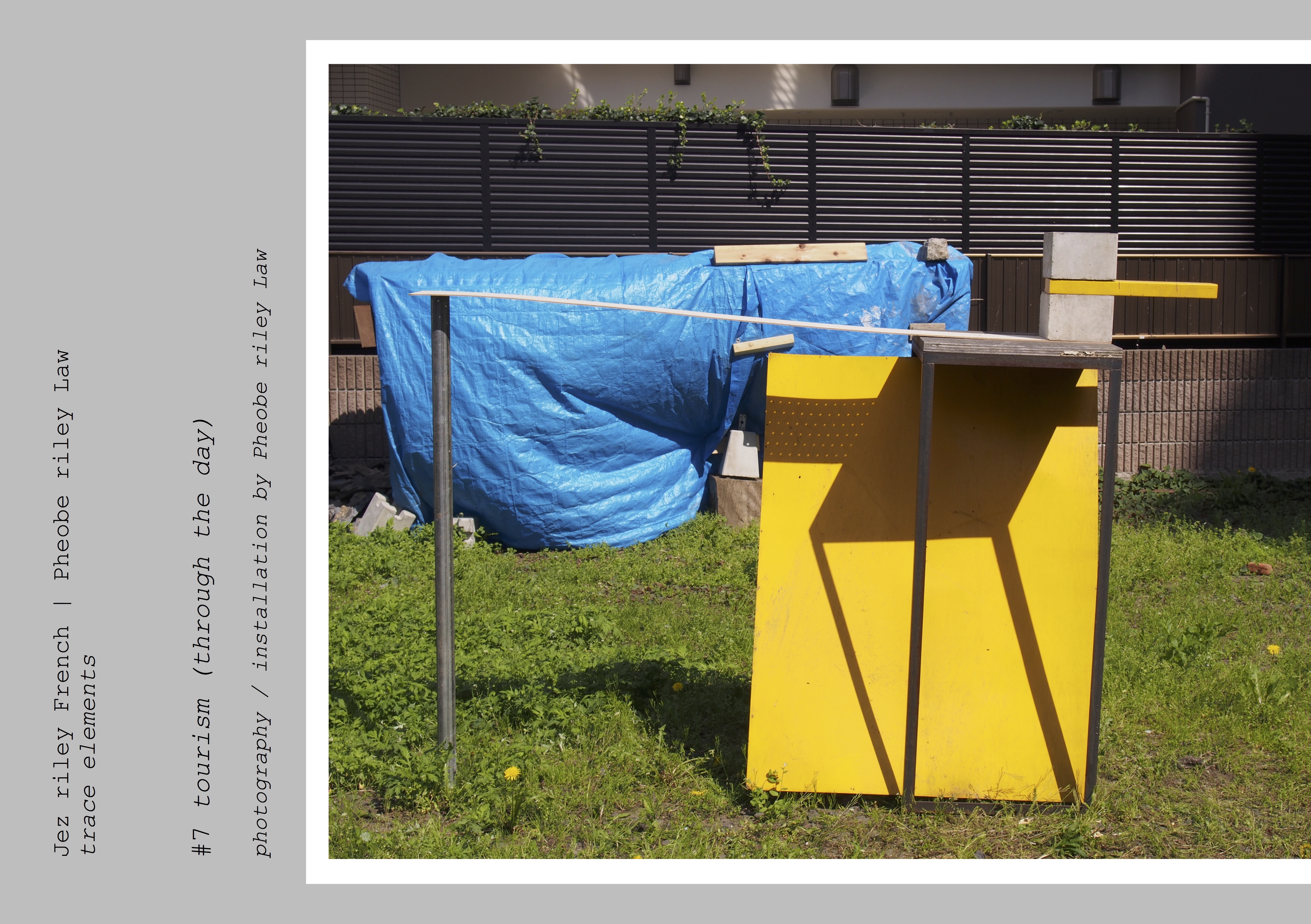trace elements - a seven part series of works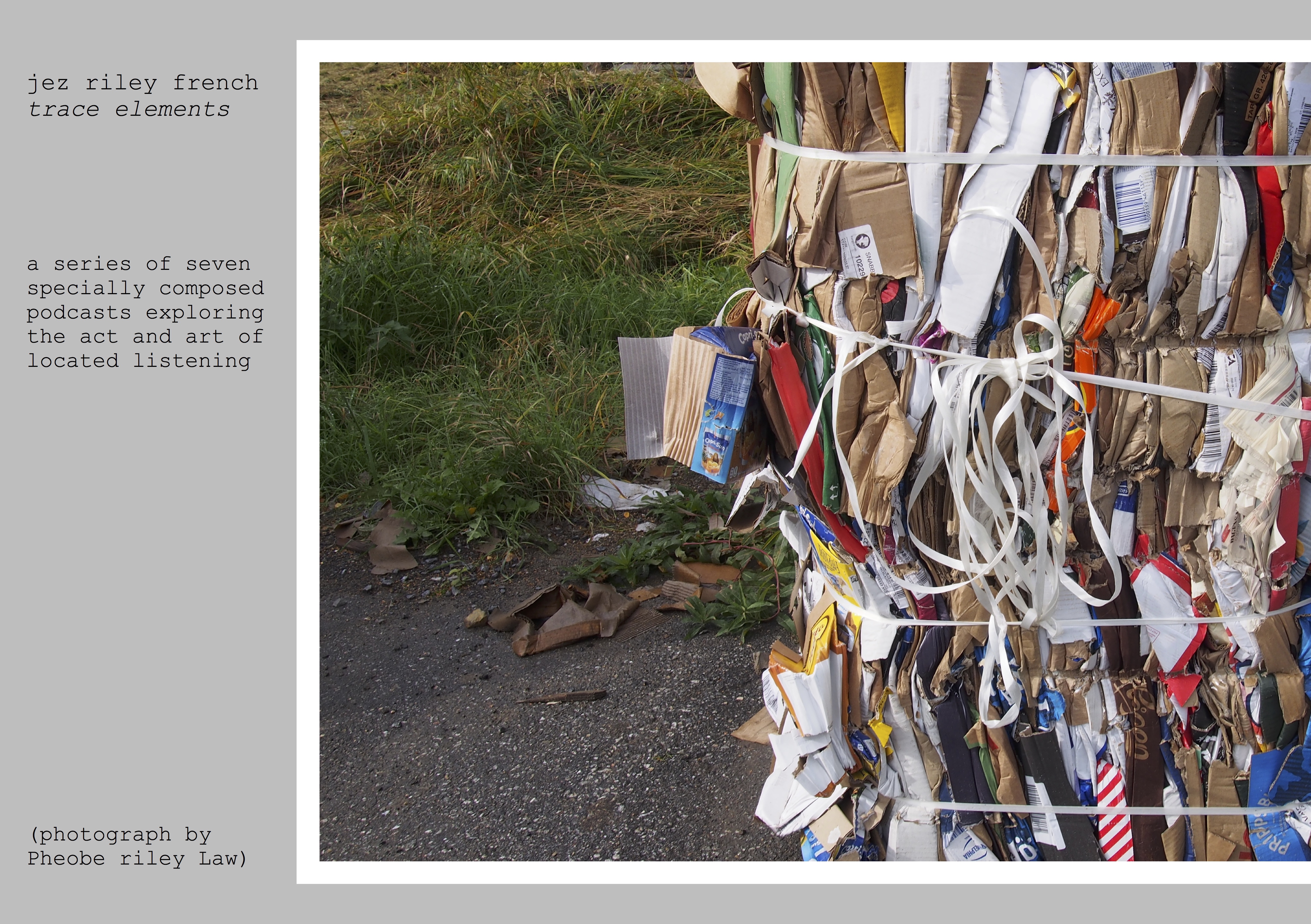
broadcasts include on the 'we are all bats' listening channel where the seven works will be broadcast from 5th November to 17th December 2020 and feature traces of durational listening experiences. The 7th 'tourism' is a collaborative work with Pheobe riley Law based on our residency in Japan in 2018
Listening is more than hearing. It’s about letting sounds in and that requires a letting go of control, and a recognition (for artist, recordist, audience) of the intuitive response being a natural part of our species.
nb. headphone listening or via audio speakers is recommended as some of the frequencies are inaudible via computer speakers
#1 clearing uses sections of durational recordings from Australia.
I have an interest in how we, as a species, use sound, and especially what is usually referred to as ‘nature’ sound. We listen and think we are hearing nature but in fact we are often only hearing what we want it to be. Here for example we listen to dew drying on scrub grass, wind resonating an inclosure fence, an evening chorus of frogs and the embers of a hedge clearing bonfire. All are ‘natural’ sounds but all are counter to the prevailing idea of nature based soundscapes in some sense. Often, for example, a conventional idea of technical audio clarity is used to pacify certain elements, to contain and control the audible view of environments, or to remove sounds that a recordist might decide are unhelpful to the idea of ‘nature’, such as plane or traffic noise.
Listening is more than hearing. It’s about letting sounds in and that requires a letting go of control, and a recognition (for artist, recordist, audience) of the intuitive response being a natural part of our species.
nb. headphone listening or via audio speakers is recommended as some of the frequencies are inaudible via computer speakers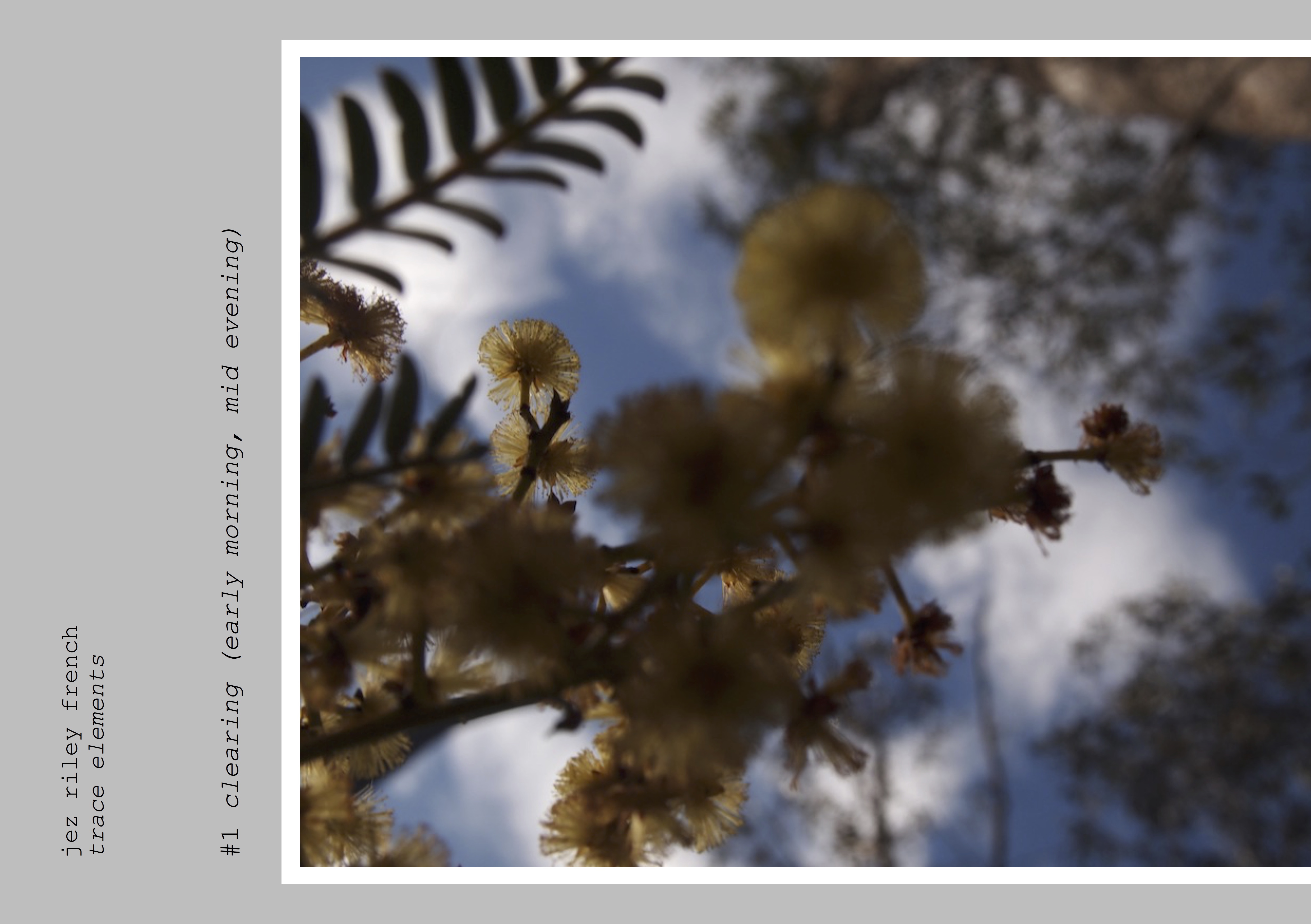
#2 waiting uses sections of durational recordings from Iceland.
if you have been listening and recording situations and environments for a long time and feel confident, self assured then the listening might have at least partially stopped. We are not in control of ‘place’. Further to this part of the job of an artist working with such sounds and experiences to recognise the results only contain traces of place. Then there is the working out of how to convey that to you, the listener. It’s easy to say ‘enjoy’ but really the point of durational listening, in my opinion, is to get further than that. To realise that we, as a species, are constantly imposing ourselves on environments. I’m still waiting to know more about how or whether we can stop that, or at least slow it down. the recordings in this piece include fish, shrimp and boat motors in Husavik harbour, a marsh and a small inlet on the north coast.
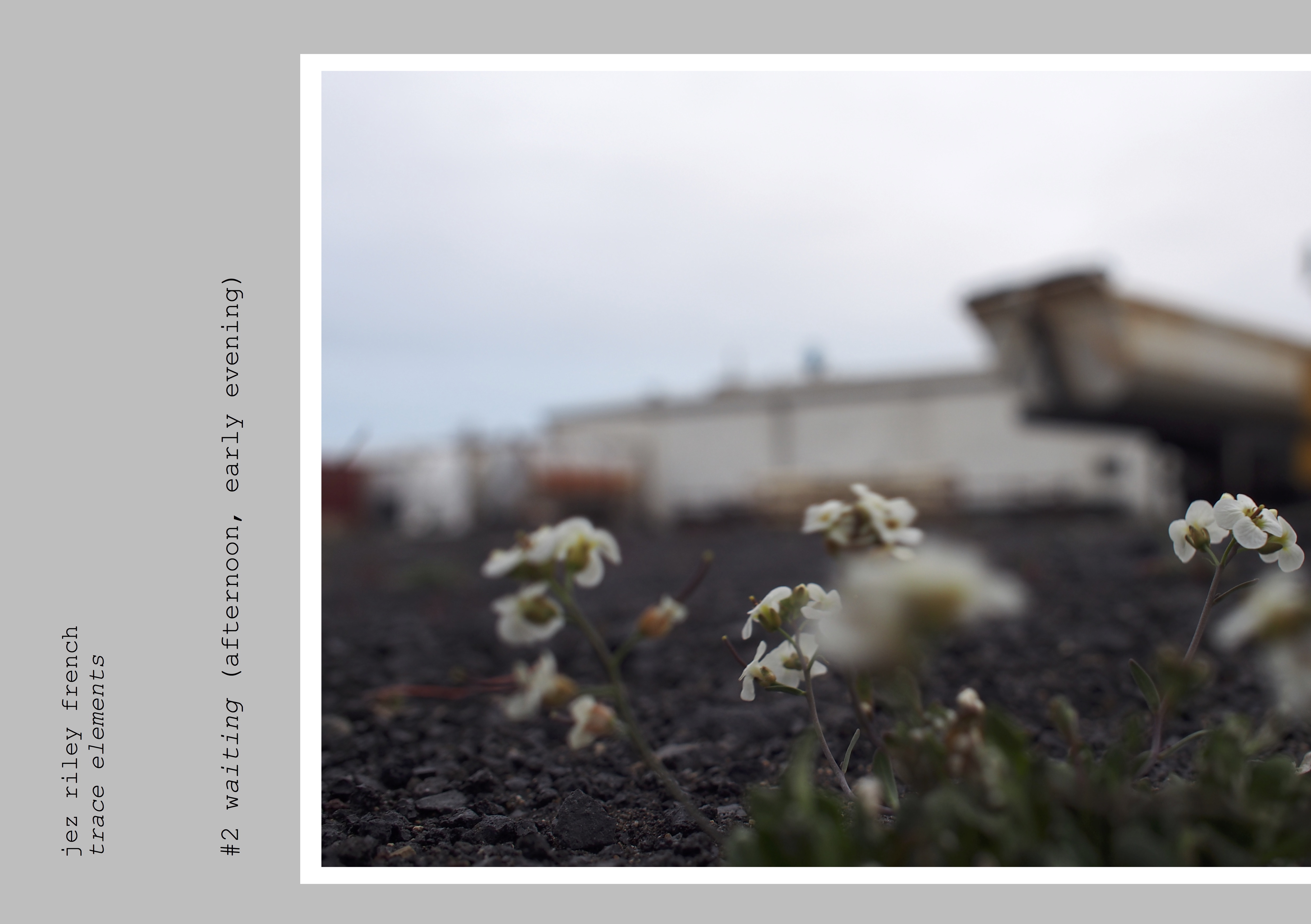
#3 practice uses sections of durational recordings from Denmark.
listening to place or position is often a solitary act, by necessity. one persons idea of ‘still’ is different from another’s. sometimes in the context of the workshop a small group of people find a commonality, or a respect for the shared experience of exploration. these recordings come from one such event, in Aarhus. the sound of work, of repair, of port industry
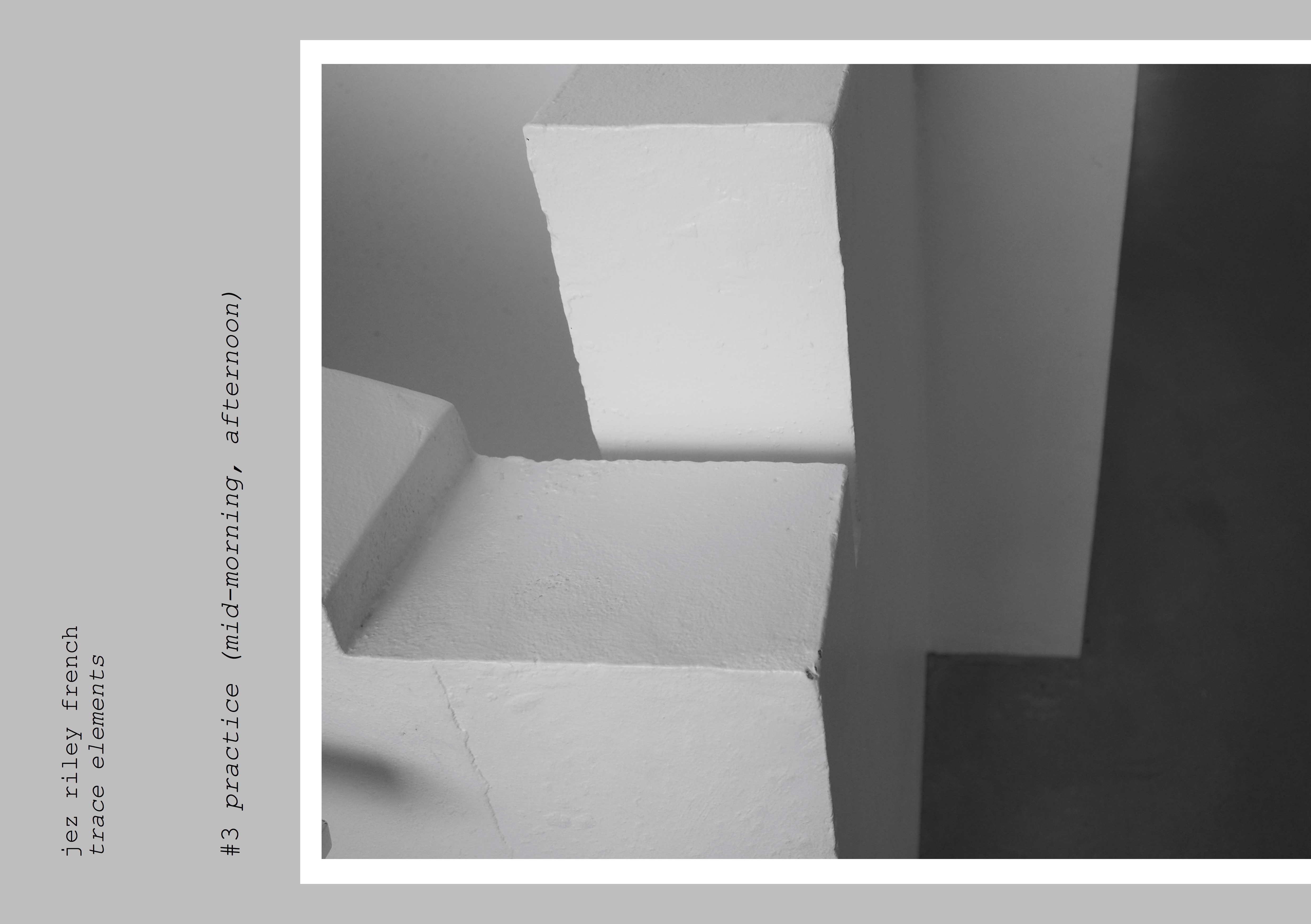
#4 habitats uses sections of two durational recordings of borders (fence / hedge)
there was always an enjoyment of listening at micro-levels. recordings of fences are, now, an increasingly common part of ‘field recording’, which means one has to think again about whether material is being collected or something is being experienced (often those two things are very different). the first extract in this piece was recorded in northumbria, at the edge of a small wood, whilst engrossed in a coming rain shower and using ‘score for listening #79’ (from a series of photographic scores published as ‘the rain doesn’t bother us’). the second was recorded inside a hedge; a way for me to get nearer to the less tranquil sonic reality for the birds and other species within it.
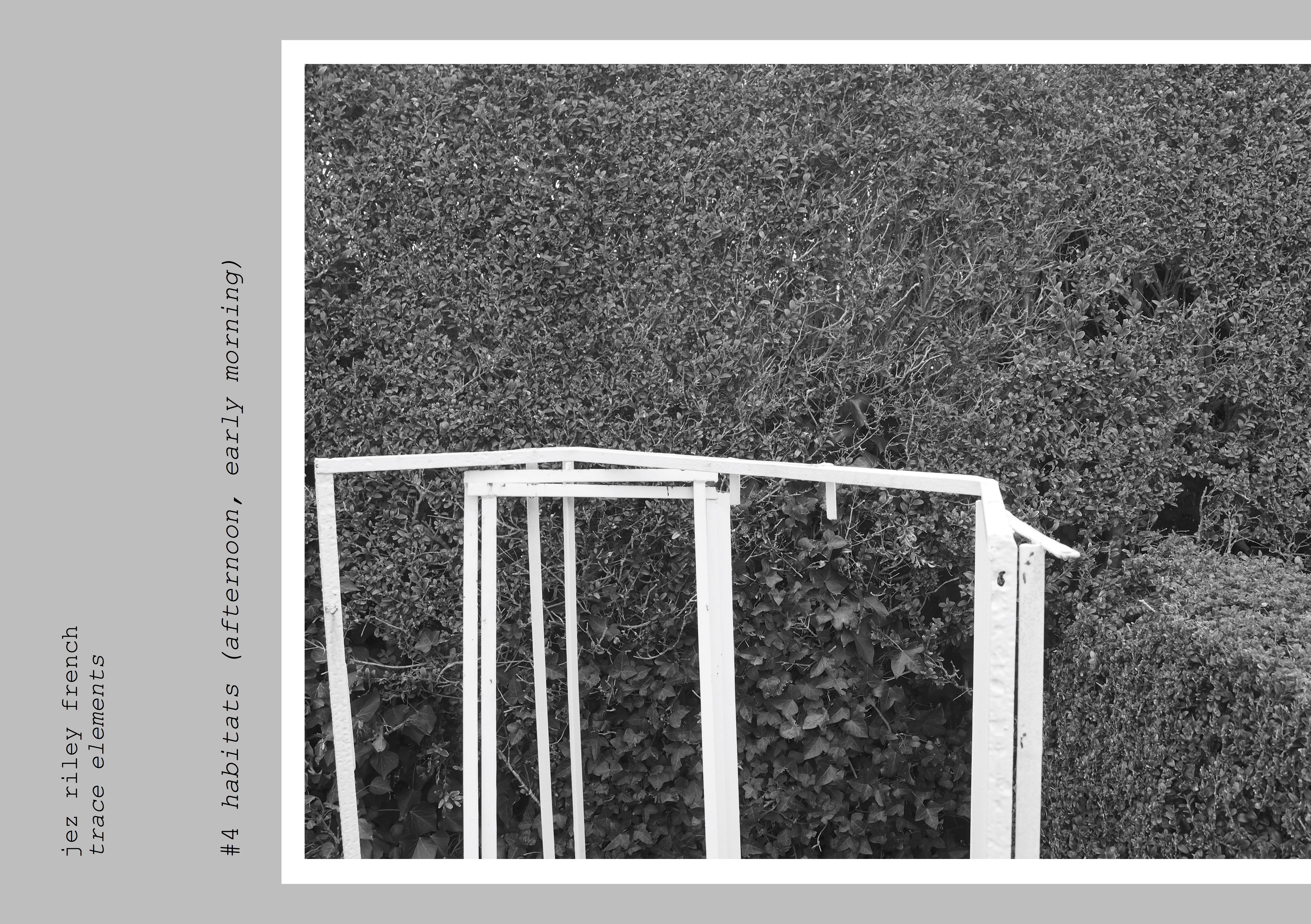
this piece is now available as a download, with the original version from 2011 '(h)edge'
#5 chalk uses sections of durational recordings from Dorset (uk).
mapping the chalk deposits of Dorset for a live performance piece in 2014 I listened for long periods to the sound of a fence across the top of a geologically important valley, to gorse bushes and for hours to chalk dissolving. These mineral dissolves have been part of my work for some years, with several pieces (inc. the extract included here) using a solution to represent 0.0005% more acidity in rainfall than current levels. Apart from the concept and the ecological message I find it fascinating to listen as micro-rhythms establish themselves, fade and re-emerge

#6 edges uses sections of durational recordings from Southern Australia.
I listen (sometimes pressing record) because I enjoy it. These recordings came from a few days spent relaxing after a workshop residency in Australia. Why does this matter? Well, because I believe that there always has to be part of the impulse to work with sound that is motivated by a personal enjoyment of the process, and this must include critical thinking about any of the documents that are then chosen to become public in some way. The edges represented here connect to borders between ‘art world’ and art, between allowed and restricted, between political aims and cultural needs, between domestic and environment.
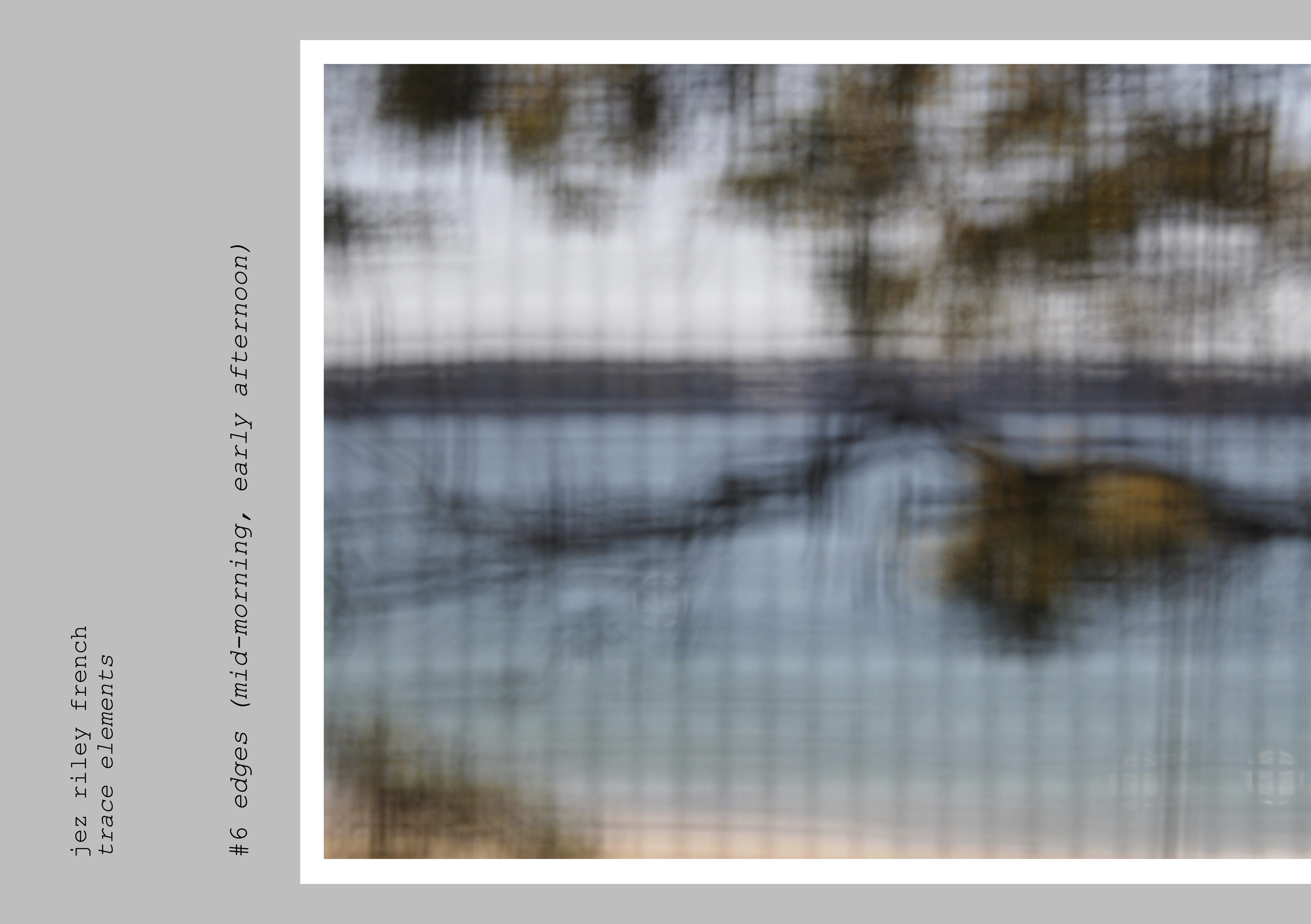
#7 tourism uses sections of durational recordings from Japan.
during a joint residency with Pheobe, my daughter, in Japan, 2018 she created a series of works; ‘tourist’ (film, photography, installation, sound) focused on the border between being tourist and visiting a country for the first time with another purpose also; the aspect of being an observer and a participant. These recordings reflect some moments of our time spent closely listening to open windows, shinkansen signals, ultrasonics of edogawa at night and a workshop garden
open window, nara | Pheobe riley Law
shinkansen signals | Pheobe riley Law
edogawa at night | JrF
workshop garden | JrF / Pheobe riley Law
